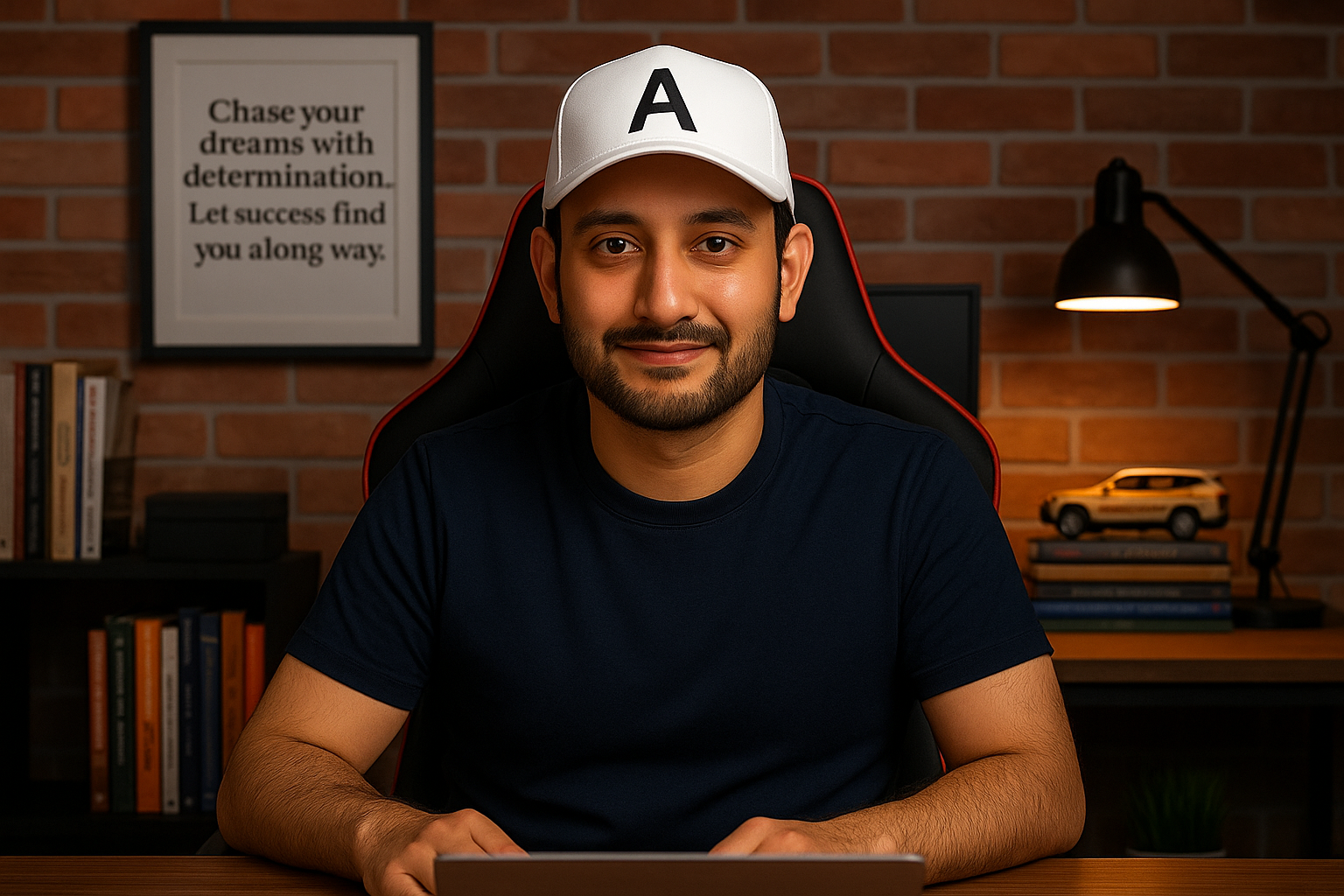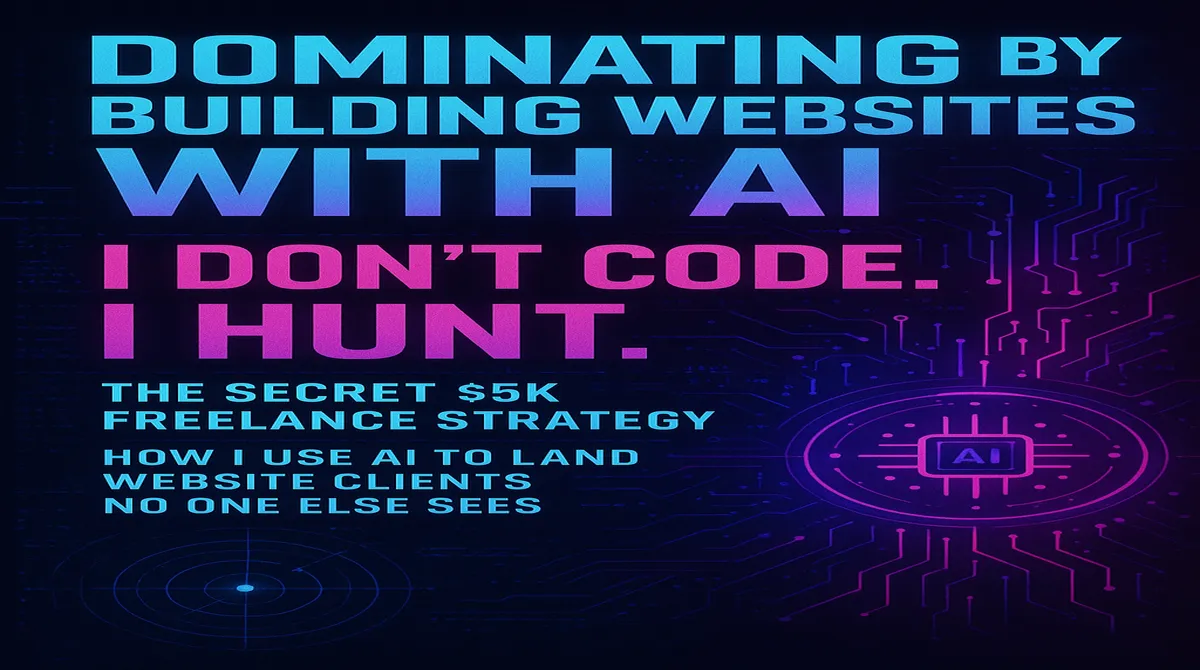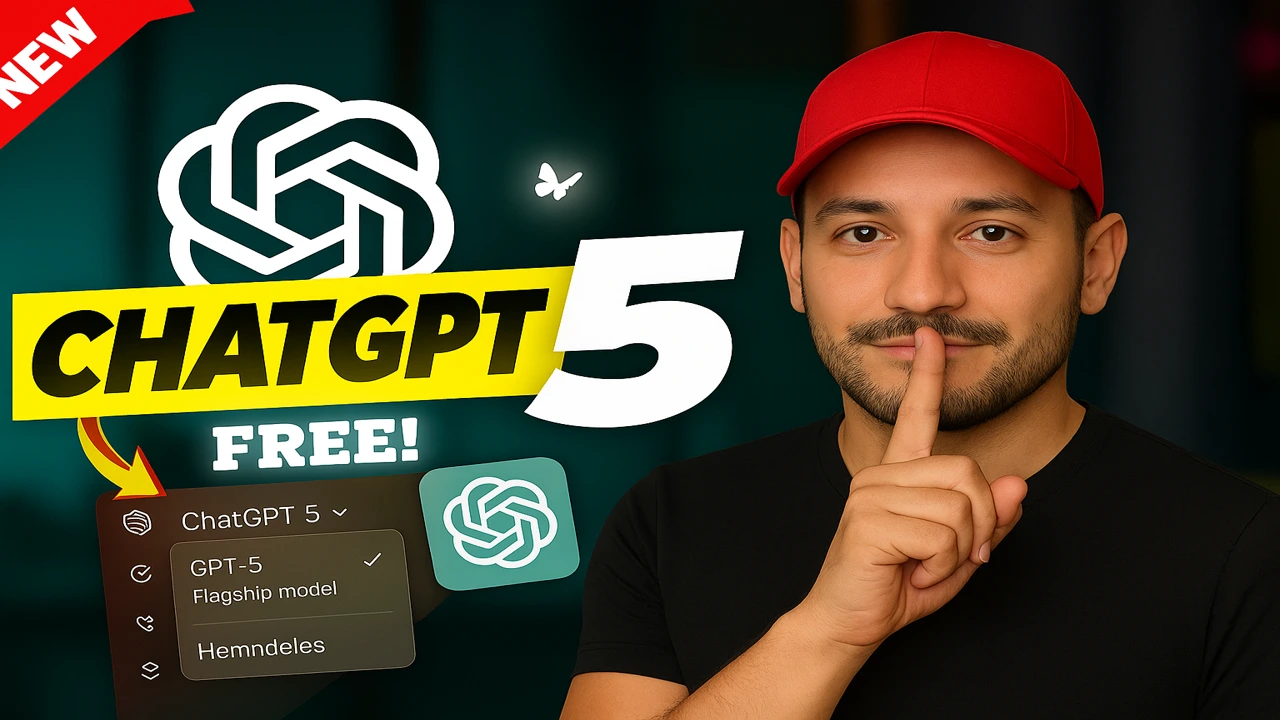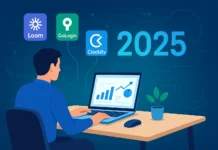Let’s be real. The freelance world feels packed. It feels like every freelancer and their dog is on the same few platforms, desperately competing for the same low-budget projects. I was stuck there too, until I realized I was playing the wrong game entirely.
I don’t have a degree in computer science. I can’t build a website from scratch with code. But last month, I landed a $2,500 project from a local business owner who thought I was a tech genius.
Dominating by Building Websites with AI

My secret? I stopped trying to be the best builder and started being the best hunter. And my weapon of choice is AI.
This isn’t a get-rich-quick scheme. It’s a blueprint for finding clients everyone is ignoring and using modern tools to deliver insane value. Here’s how it works.
The Mindset Shift: From Builder to Problem-Solver
The old way: Spend weeks learning a skill, then beg for work on crowded platforms.
The new way: Find someone with a clear problem, and use AI to hand them the solution on a silver platter.
Your worth isn’t in your syntax; it’s in your strategy. It’s in your ability to walk into a business and say, “I see you’re losing customers. I can fix that by tomorrow.” AI is just the tool that lets you say that with a straight face.
Also Read: From Zero to Hero: How AI Adsense Transformed These Businesses
Step 1: The Hunt (Finding Gold in Your Backyard)
Forget online portfolios. Your next client isn’t scrolling through job boards. They’re serving customers and hoping the phone rings.
My hunting process is simple:
- Pick a street, not an industry. I literally open Google Maps and zoom in on a busy commercial street in my city. I look for shops that people need to find: dentists, hair salons, physiotherapists, bakeries.
- The 2-minute investigation. I Google the business name. My first stop is always their Google listing—it tells me everything I need to know. I need two things to line up:
- Proof they’re good at what they do: A bunch of 4- and 5-star reviews. Happy customers.
- Proof they’re bad at marketing: A website that makes me sigh. A Facebook page from 2012. An Instagram account that hasn’t leveraged its bio link is a clear indicator of missed opportunity—and my opening.
These businesses are perfect. They have social proof but no way to capitalize on it online. They only get found by people who already know their name. You’re not selling a website; you’re selling visibility.
Step 2: The “Magic Trick” (Building Before They Say Yes)
This is where most people get it wrong. They call and say, “Hey, I can make you a website!”
I don’t do that. I make the website first.
I fire up an AI website builder. I type in the business name I just found. I give it a command in plain English, like I’m talking to a very smart assistant:
“Make a clean, professional one-page website for ‘Maria’s Family Dental’. Use a blue and white color scheme. They offer teeth cleaning, fillings, and crowns. Make a section for each service, a section with their address and hours, and a big button that says ‘Request an Appointment’.” I hit enter.
In five minutes, I have a beautiful, functional prototype. It’s not just a picture; it’s a real site. I can click the buttons. It works on my phone. It has their name everywhere.
Now, I’m not a salesperson. I’m a problem-solver with the solution already in hand.
Step 3: The Conversation (From “Who are you?” to “How much?”)
My pitch isn’t a pitch. It’s a conversation starter. I find the owner’s name and number on the Google listing.
My script is simple:
“Hi [Owner’s Name], my name is [My Name].I was researching dentists and your name kept coming up. The feedback from your patients is incredible—it’s clear you’re the go-to in the area. I also noticed it was tricky to find your hours and book an appointment online. It seems like you might be missing out on new patients because of that. I actually mocked up a quick concept of what a simple booking site could look like for you. Would it be okay if I texted you the link? No obligation at all, just thought you should see it.”
I’ve never had someone say no. Why would they? I led with a genuine compliment, identified a pain point they feel every day, and offered them a free glimpse of the solution.
How to Price When You Didn’t “Build” It
This is the biggest mental hurdle. You have to internalize this: You are not charging for the hours of coding you saved. You’re not selling hours of your time; you’re selling a solution to their biggest problem.
That value is:
- A finished product, not a promise.
- New customers they wouldn’t have gotten.
- Hours of their own time saved trying to figure it out.
For a simple, one-page site with a contact form, I start at $1,500. For a multi-page site with a booking system? $3,000+. They aren’t paying for the code. They’re paying for the phone to ring.
Ready to Stop Competing and Start Winning?
This isn’t about tricking anyone. It’s about using the best tools available to provide a service that businesses genuinely need.
You become the strategist who finds the opportunity, the project manager who executes the vision, and the expert who delivers the solution. The AI is your workshop. You are the
The clients are out there, right now, waiting for someone to see their problem and offer a real solution. That someone is you.

I’m M. Ali Sher, founder of Aft4all, a platform where I share updates and insights across 📂 categories like 📰 News & Media, 🚗 Car Dealership, 🎤 Motivational Speaking, and 🚲 Bike Parking Solutions. My goal is to inform, inspire, and offer practical content for everyone.







